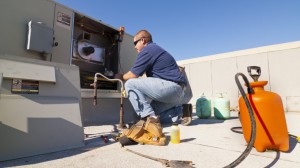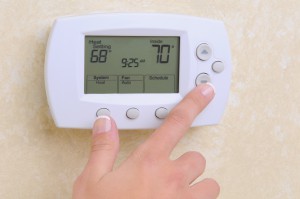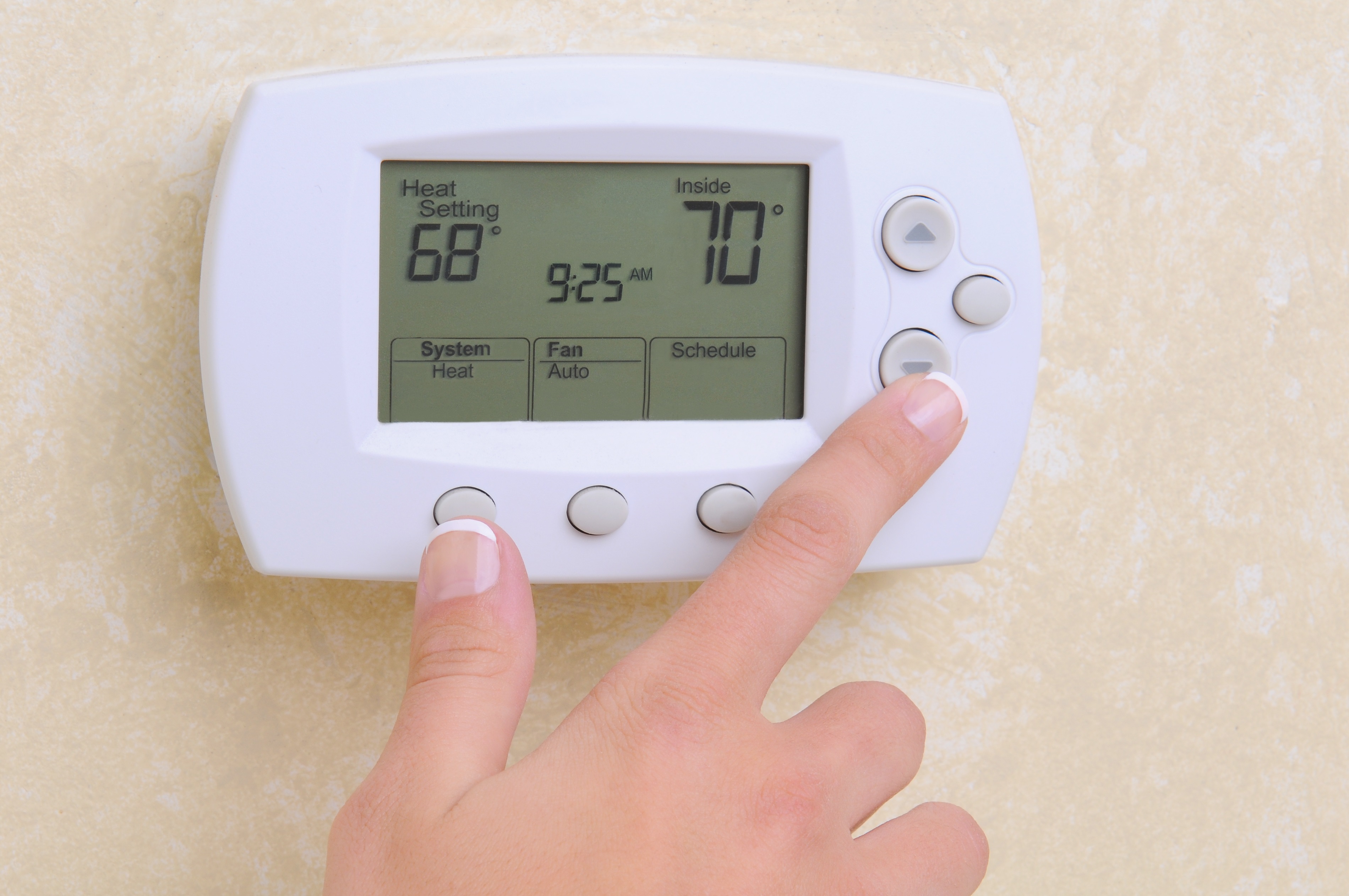It’s that time of the year again. The leaves are turning yellow and red, the air is crisp, and New Englanders go out and pick apples and enjoy hot apple cider with friends and family. While we all have fond memories of Autumn, we also know that it’s about to get colder.
As a business owner, you know how tough the winter can be. In the frigid cold, the money we spend to heat our facilities can fly right out the door. No matter what you do or where you work, you probably face higher heating costs and struggle with customer and employee comfort levels. No one likes cold drafts. Whether you are opening large cargo bays for shipping/receiving, or welcoming customers into your restaurant, the heat lost affects your bottom line. Fortunately, there are many energy efficient heating strategies to improve client and employee comfort levels and reduce operating costs.
HVAC: conduct annual maintenance

Your HVAC is your central air system that supplies both heating and cooling and controls the air quality. Your heating and cooling systems are one of the ways businesses can make improvements to become more energy efficient. But, like all machines, it needs a regular check up. You wouldn’t go all winter without changing the fluids in your car, right?
- Make sure your HVAC is checked and tuned up before the start of every winter season.
- Check for leaks and defective equipment in your pipes, ducts, coils, and unit fittings and make necessary repairs.
- Try to change your HVAC filters at least once a month. New filters are relatively cheap—often only costing a few dollars—and these filters not only help your system run better, but also improve your air quality.
Energy efficient heating and cooling: install programmable thermostats

Programmable thermostats allow businesses to have much more control over their heating and cooling. Have you ever forgotten to turn off or turn down your thermostat after leaving for the night? You can set a programmable thermostat to turn on right before you arrive at work, and turn off as you’re leaving. This is a very easy way to become more energy efficient. Here are some other helpful tips:
- Keep your thermostat between 65 and 68 degrees during the day, and between 60-65 at night or on holidays when not in the office. Keeping temperatures within these ranges can save most businesses 2-3% annually.
- Purchase a locking device so you can keep the temperature levels in your desired range.
Lighting: install occupancy sensors and upgrade to more energy efficient systems
- Install occupancy sensors. Occupancy sensors can tell when a room is not in use and will automatically shut off the lights. Better yet, they’ll automatically turn on when you enter a room.
- Replace inefficient T-12 incandescent lights with LEDs. LEDs not only last longer than fluorescents and incandescents, but they can save you a lot of energy and money, especially if you have a lot of lights and operate long hours.
- Replace your EXIT signs with LEDs
- Check your exterior lighting and make sure they are switched off during the daytime.
- Install dimmer switches and take advantage of daylighting




